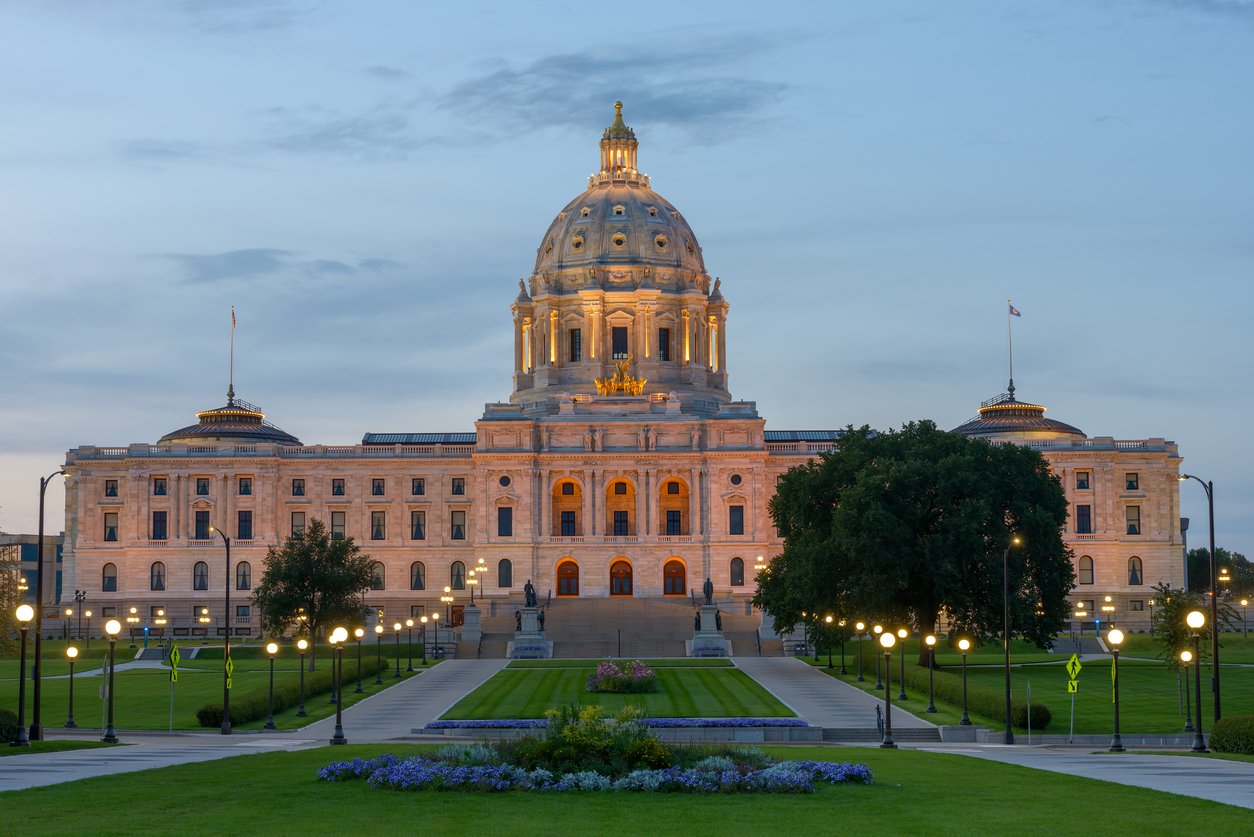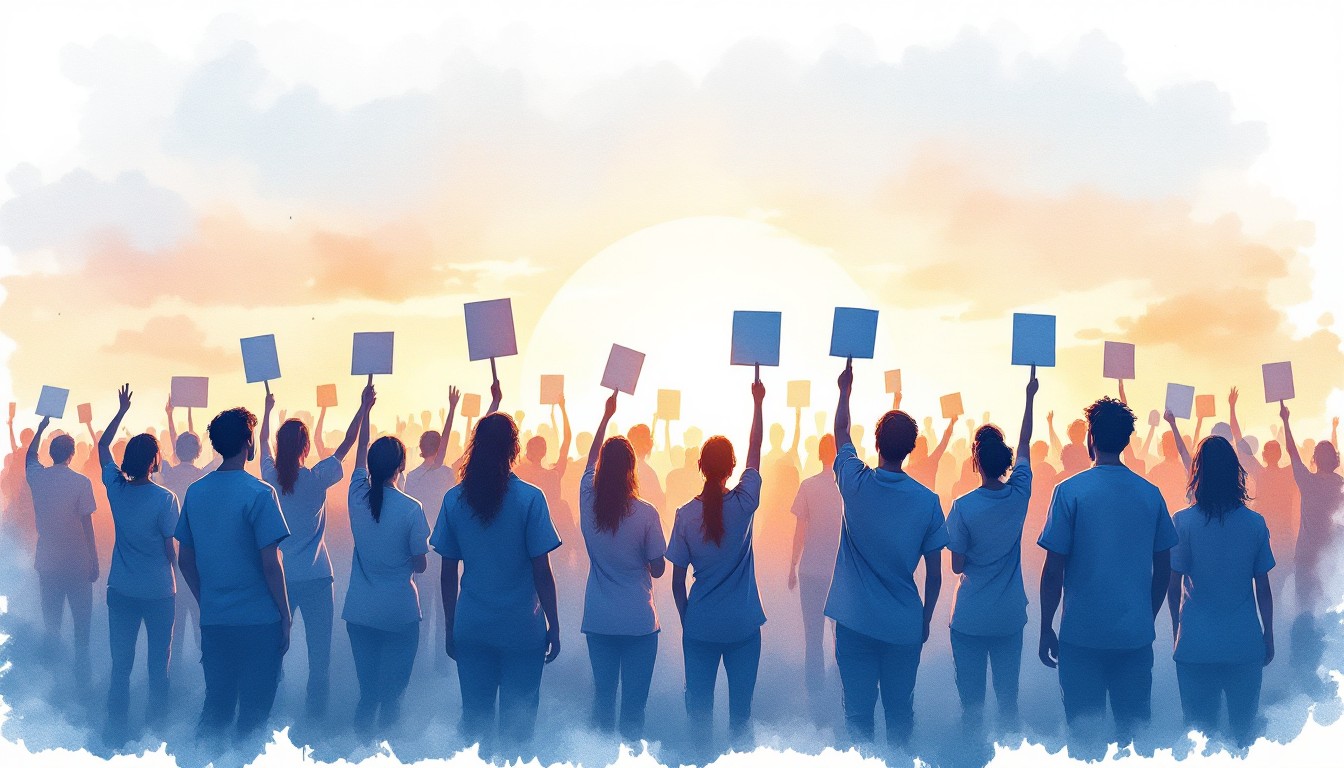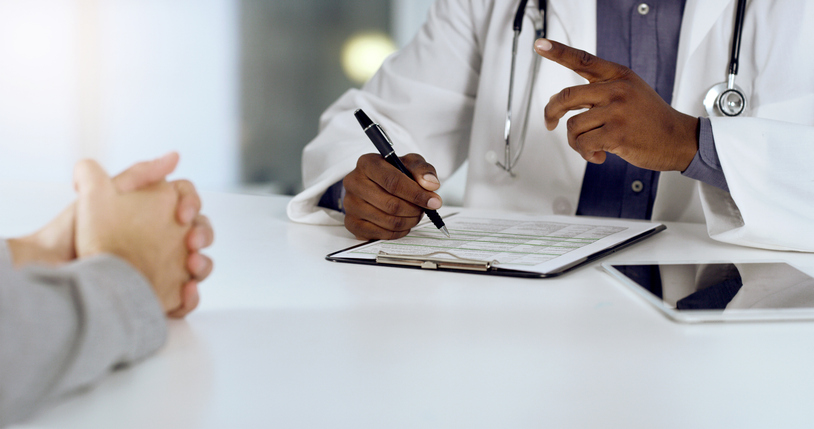Last Thursday, during the Minnesota House floor debate, family physician and Representative Alice Mann, MD, MPH, gave an impassioned speech, telling House members and Minnesotans that health care workers are “not OK” and that our hospitals and ERs are nearing capacity. She pleaded for everyone to take COVID-19 seriously and “fight for the whole.” Listen to her speech.
The struggle Representative Mann describes is not too different from what we’re hearing from our 3,100+ family physician members across Minnesota: They are tired. They are struggling. They are fighting for you. But, they need YOU to join the fight.
We spoke with four of our members, all practicing family physicians from different parts of the state. We asked them to briefly tell us how the pandemic is impacting their clinic/hospital/health system and larger community as well as what they want the people of Minnesota to know.
- Andrew Slattengren, DO, FAAFP, Minnesota Academy of Family Physicians President (cares for patients in Minneapolis)
- Mary Owen, MD, Center of American Indian and Minority Health Director (cares for patients in Northern Minnesota)
- Jay Sheree-Allen, MD, Millennial Health Podcast Host (cares for patients in Central Minnesota)
- Scott Colson, MD, Voyage Healthcare President (cares for patients in the Twin Cities)
How is COVID-19 impacting your clinic/hospital & community?
Slattengren: “Advances in our knowledge about COVID-19 and improved therapeutics have improved our ability to decrease intubations and decrease length of hospital stay, but the sheer number of patients who need hospitalization is increasing at an alarming rate due to the community spread of the virus. Our ICUs are full and our hospital is nearing capacity. Our physicians, nurses, other health care providers and ancillary staff are working harder than ever to provide the care our patients need.”
Owen: “At baseline, Native Americans in Minnesota have more vulnerable community members who are getting sicker and dying at higher rates than others. I am also seeing Native leaders and allies across the nation coming together to make PSAs encouraging following COVID-19 safety guidelines, sending messages of support to our communities and advocating more than ever for the US government to address the disproportionate impact of COVID-19 on Native and communities of color.”
Sheree-Allen: “I am currently practicing in Central Minnesota in a critical access hospital, and we are certainly feeling this surge on multiple levels. The positivity rate is skyrocketing in our town and it is more difficult to obtain a local or regional hospital bed. I, unfortunately, still encounter people in the supermarket and other local stores who are not wearing masks and still have patients who believe this is a hoax.”
Colson: “Our struggles are many, as an independent clinic. Hospitals are full, so it’s hard to find space to admit patients, even for non-COVID illnesses. We are still struggling with the availability of PPE. We are also struggling with the volume of patients requiring testing during this surge and are starting to see more of our staff and a few providers out with COVID-19 or COVID-19 exposure, which makes staffing difficult.”
What message do you have for Minnesotans?
Colson: “Please take this seriously. Stay home. Stay away from others. Wear a mask. If you infect others, you may contribute to worsening hospitalization numbers in your friends, family and neighbors. Also, it’s important for people to understand that we are still learning about the long-term or potential long-term complications associated with COVID. It’s not a binary outcome of living or dying. Many people who have experienced COVID-19 are having prolonged symptoms and we don’t yet understand the extent of these problems.”
Owen: “We must continue to work together to improve COVID-19 outcomes in all of our communities. This means we need to put more of our resources into helping the most vulnerable. I believe that the common denominator among all races and populations disproportionately affected by COVID-19 is poverty. Income dictates whether you must work outside the home and increase your exposure to illness, whether you live in a crowded home and/or whether you can minimize exposure by buying more groceries on one trip rather than many small trips. To address the disproportionate impact of COVID-19, we must invest in ways to decrease potential exposure to the virus. At the very least, we need unemployment and rental/mortgage coverage to minimize the number of people having to work and to keep people safe in their homes. Please help advocate for all community members to be protected from COVID-19.”
Sheree-Allen: “My message to all Minnesotans is to please wear a mask. If you’re a business owner, please enforce the Governor’s Executive Order requiring that people wear a face covering in all indoor business spaces.”
Slattengren: “Your family docs have been here for you and will continue to care for you and your loved ones in clinics and hospitals throughout this pandemic. We are pleading with Minnesotans to do their part, so we can keep providing the care to those in the community who need our help. Social distancing, avoiding gatherings and wearing a mask when you are away from home will help decrease the spread of the virus and flatten the curve.”
_____________________________
How can we all do our part?
Here are five ways we each can play an important role in limiting the spread of COVID-19:
- Wear a mask when you’re away from home. See guidelines for mask-wearing.
- Practice physical distancing (keep at least six feet from others who live outside your home whenever possible).
- Avoid in-person gatherings.
- Stay home if you’re sick and/or if you’ve been exposed to someone who has tested positive for COVID-19 or has symptoms.
- Wash your hands, regularly, and keep them away from your face.
More ways to protect yourself.
Please, thoughtfully, consider how your actions can make a difference in the days ahead. Let’s work together to ensure those who need care will receive it. The time to spread love (not COVID-19) is now!


